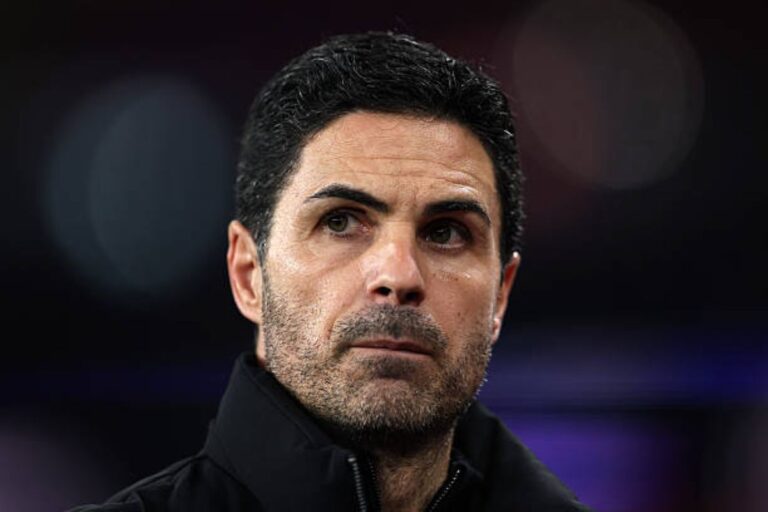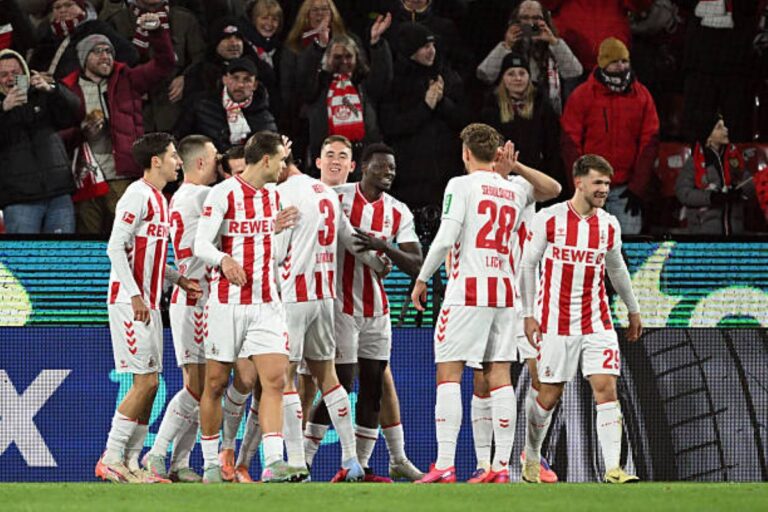Barcelona welcomed Celta Vigo in a vital La Liga game that was of monumental importance in their quest for domestic success.
With the title race heating up and every point counting, the game was an opportunity for Barcelona to gain momentum and continue piling pressure on their opponents.
Barcelona began well and went ahead early, but disintegrated at the back and were left with a massive 3-1 deficit.
A dramatic late comeback, however, saw them manage to snatch a 4-3 victory, both a reflection of their character and lingering frailties.
Here are the 5 things we learned from the match:
- The High Defensive Line is a Double-Edged Sword
Barcelona’s determination to play a high defensive line has been a characteristic of their football for years, but against Celta Vigo, it came at a cost.
While the tactic is used to put pressure on the opposing team and control possession, it leaves huge space behind the defense, especially when the opposing team plays direct, quick football.
Celta used this weakness again and again by timing their runs perfectly, outsmarting Barcelona’s offside trap and creating dangerous one-on-one chances.
Barcelona center backs’ poor recovery speed and communication failures laid them bare each time they lost the ball.
If they continue playing like this, they either need to sort out their defensive coordination or accept that they will continue to concede unnecessary goals.
- Relying on Lamine Yamal for Creativity
Lamine Yamal’s absence from the starting lineup was glaring, with Barcelona unable to generate any sort of threat on the right flank of the attack.
At 17 years of age, Yamal is already an irreplaceable creative force, with dribbling, vision, and surprise that this team so badly needs when he’s on the pitch.
Barça’s attack was one-dimensional against Celta, too dependent on slow build-up play without penetration.
Raphinha, who was supposed to take it up a notch, could not, leaving the team too reliant on the right wing.
If Barcelona is to be among the best, they need to craft alternate attacking plans rather than being too reliant on the creativity of a teenager.
- Raphinha’s Form Continues to be Unstable
Raphinha has also had his moments of genius this term, but his display against Celta reminded us of his infuriating inconsistency.
He was mostly anonymous, not taking defenders on, making easy passes, and spurning a gilt-edged opportunity to score a goal and get Barcelona ahead.
More troubling was his lack of urgency—rarely bursting into a move in favor of trundling along.
However, after he moved to the left wing, he managed to score and assist in the game and scored the crucial last-minute penalty
4. Dani Olmo is a game-changer already
The 26-year-old’s debut completely flipped the script, demonstrating he’s no longer just a bright young prospect but an actual game-changer.
His nerve, imagination, and truth-telling fueled Barcelona back into contention when more experienced players were struggling.
5. Possession Without Purpose is Useless
Barcelona had about 60% possession against Celta Vigo but managed to generate very few clear-cut opportunities.
They had slow, uninspired, predictable passing with not enough penetration to create room, and Celta was easily able to organize and defend against it.
This is a trend with Hansi Flick; the team is great at having possession, but often doesn’t convert that into threatening attacks.
Too much sideways passing, too little off-ball movement, and too little aggressiveness up front make it too easy for a side to close them down.
Want to get the latest Barcelona news direct to your phone? Join our WhatsApp community by clicking here.




